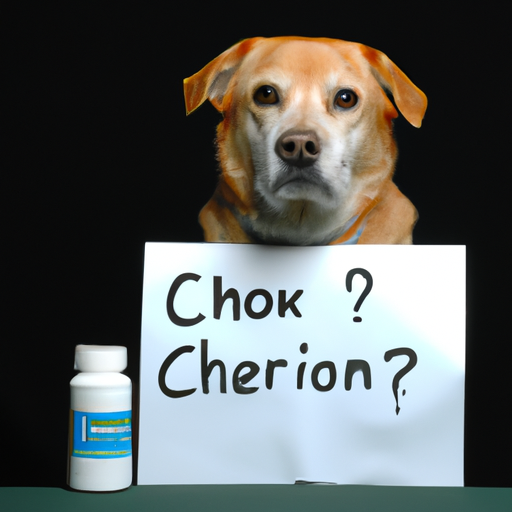Chlorhexidine is a versatile and effective antiseptic used widely in the veterinary field, especially for dogs. This piece aims to provide an in-depth understanding of chlorhexidine, its uses, side effects, safety measures, and frequently asked questions. Let’s delve into the world of your pet’s health care!
Understanding Chlorhexidine
Chlorhexidine is an antiseptic that is highly effective at eliminating bacteria, yeast, viruses, and other pathogens. This makes it a valuable tool in the fight against infections in dogs. It is most commonly used in the form of a topical solution, but it is also available as a gel, spray, or shampoo.
Chlorhexidine works by disrupting the cell wall of bacteria, causing them to leak and eventually die. It is broad-spectrum, meaning it is effective against a wide range of bacteria, including those that are resistant to other antiseptics.
When is Chlorhexidine Used?
Chlorhexidine is used in various ways in the care of dogs. Here are some of the most common applications:
- Wound Care: It’s commonly used to clean and disinfect wounds.
- Dental Care: It can be used as an oral rinse to help control plaque and gingivitis.
- Skin Care: It’s beneficial for treating certain skin conditions, such as hot spots and ringworm.
Possible Side Effects of Chlorhexidine
Like any medication, chlorhexidine can have side effects. Most dogs tolerate it well, but some may experience mild skin irritation or dryness. Rarely, severe allergic reactions can occur.
Safety Measures and Precautions
While chlorhexidine is generally safe for dogs, certain precautions should be taken:
- Always follow your vet’s instructions on how to use chlorhexidine.
- Avoid contact with your dog’s eyes, nose, and mouth.
- If your dog appears to have an allergic reaction, such as hives, swelling, or difficulty breathing, discontinue use and contact your vet immediately.
- Chlorhexidine should not be used on puppies less than 4 months old.
FAQ: Everything You Need to Know About Chlorhexidine for Dogs
Q: Can I use human chlorhexidine products on my dog?
A: It’s always best to use products specifically designed for dogs. Human products may be too strong and could potentially harm your pet.
Q: Is chlorhexidine safe for long-term use?
A: Yes, but it should always be used under the supervision of a veterinarian.
Q: What should I do if my dog ingests chlorhexidine?
A: If your dog ingests a small amount, it’s unlikely to cause harm. However, if your dog consumes a large amount, or if they show signs of distress, contact your vet immediately.
Q: Can I use chlorhexidine on my puppy?
A: Chlorhexidine should not be used on puppies less than 4 months old. Always consult with your vet before using any medication on a puppy.
In conclusion, chlorhexidine is a versatile and effective antiseptic that plays a crucial role in maintaining your dog’s health. Always follow your vet’s instructions when using it, and keep an eye out for any potential side effects. With the right usage, chlorhexidine can be a valuable tool in your pet care arsenal.



